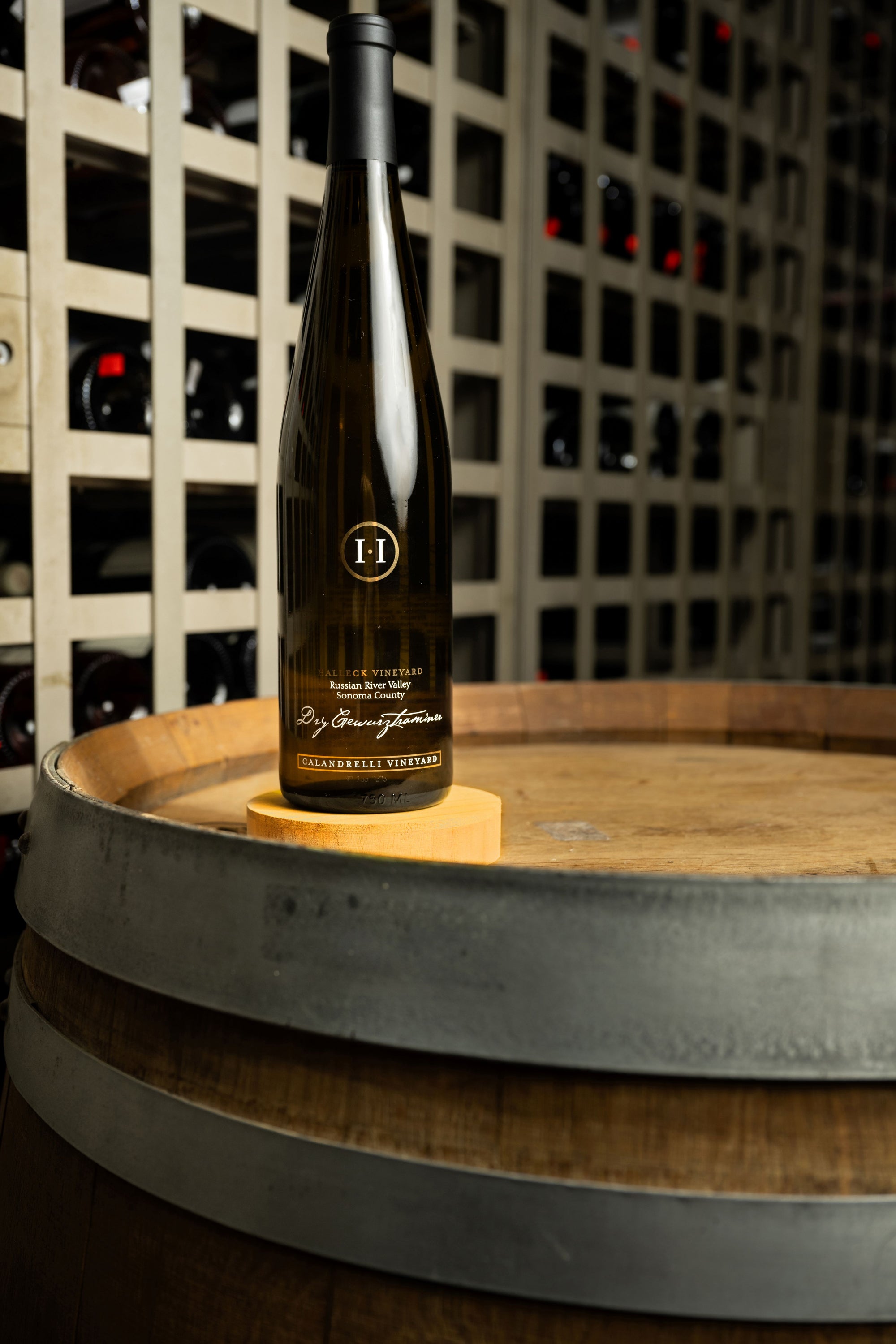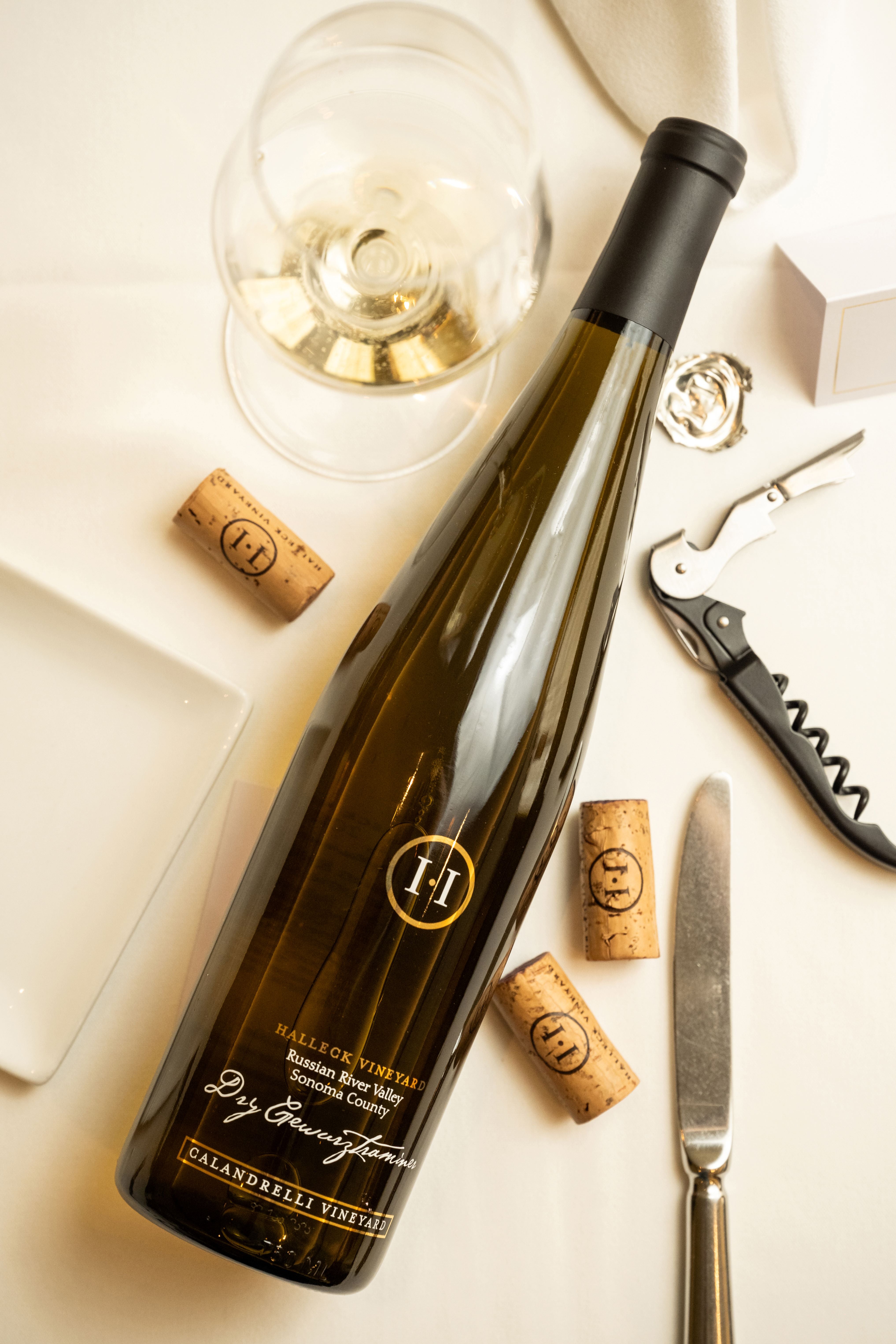Wineries Promoting Sustainable Farming - Sonoma Vineyards To Explore
Breathtaking Views From Sonoma Wineries - Wine Tasting Activities In Sebastopol
Wine tasting is an art that requires practice and an understanding of assorted aspects involved in the process. One essential factor of wine tasting is the development and interpretation of tasting notes, which serve as a guide for both novices and seasoned connoisseurs. A Guide To Understanding Winery Wine Tasting Notes can enhance your wine-tasting experience, making it extra significant and gratifying.

Tasting notes are concise descriptions that seize the essence of a wine’s flavors, aromas, and overall character. Often composed by professional tasters, winery tasting notes provide insights into the nuances of various wines. They might help wine enthusiasts perceive what to expect from a specific bottle. Nonetheless, tasting notes can range widely in style and element primarily based on the writer's experience and palate.
Wineries With Estate-Grown Grapes - Unforgettable Wine Tastings In Sonoma
When you first method a glass of wine, your senses will begin to engage instantly. The sight, odor, and style of the wine will converge to offer you a complete experience. Tasting notes typically begin with the visible assessment, the place the color of the wine is taken into consideration. Colour performs a big function in indicating the wine’s age, grape variety, and even its flavor profile.
After assessing the visible facet, the next step includes swirling the wine within the glass. This action aerates the wine, permitting its aromas to awaken. Smelling the wine offers important perception into its complexity. The initial sniff can ship a flood of scents that may embrace fruity, floral, natural, or earthy notes. This is often probably the most subjective a part of tasting, as individual experiences can dramatically differ.
In winery tasting notes, descriptors are sometimes categorized into primary, secondary, and tertiary aromas. Major aromas usually stem from the grape selection, secondary aromas derive from fermentation processes, and tertiary aromas come up from growing older. Understanding these classes may help you recognize the depth of a wine, and so they also provide the vocabulary to express your experience better.
Wineries Offering Virtual Wine Tastings - Exploring The Vineyards Of Sonoma
Following the olfactory encounter, your focus will shift to the style of the wine. This is the place the primary characteristics—sweetness, acidity, tannins, alcohol—come into play. Tasting notes often element these flavors in multiple dimensions, including the preliminary attack in your palate to the lingering end on your tongue. A high-quality wine will current a harmonious stability between these factors.
Whereas tasting, it is important to ponder the body of the wine, which may be described as light, medium, or full. The body contributes significantly to your total impression, serving to you consider how the wine pairs with food or whether or not it stands alone as a sipping wine. Balancing the body with the other characteristics provides you with a fuller understanding of what the wine has to supply.
The finish of the wine, additionally referred to as the aftertaste, is one other crucial aspect usually included in tasting notes. A long, nice finish normally indicates the next quality wine, while a brief or cloying aftertaste may counsel otherwise. Evaluating the end can offer additional insight into the wine's complexity and distinction.
Understanding the context of winery tasting notes can be useful. Tasting notes can present contextual information about the winery's location, climate, and grape-growing practices. This context provides another layer of appreciation for the wine, permitting enthusiasts to connect the sensory experience with its origins, thus enhancing the enjoyment additional.
Best Chardonnays From Sonoma Winemakers - Best Winery Located In Sonoma
Many wineries present tasting notes on their web sites or labels, typically written in an approachable yet informative style. Nonetheless, not all winery tasting notes are created equal. Some may be overly technical, while others might prioritize advertising aptitude over insightful analysis. Learning to navigate these notes can arm you with the data to make knowledgeable choices when deciding on wines.
Collaborating in tastings at wineries can also deepen your understanding of wine tasting notes. Interacting with knowledgeable workers may give you a more hands-on method to exploring totally different wines and the language used to describe them. Wineries Offering Off The Beaten Path Experiences. You May have the chance to ask questions, interact in discussions, and potentially refine your palate in actual time.
Experimentation is important for mastering wine tasting notes. As you sample different wines, strive making your personal notes. Focus on describing the wine’s colour, aroma, taste, and end. Over time, you’ll develop a private vocabulary that resonates with your sensory experiences. Each note you create will assist refine your palate, allowing you to appreciate wines at a deeper stage.
Family-Friendly Wineries Near Sebastopol - Enjoying Wine In Sebastopol
In conclusion, a Guide To Understanding Winery Wine Tasting Notes offers a comprehensive framework for diving into the world of wines. It equips you with the strategies and language necessary to articulate your experiences. Whether you are a casual drinker or a dedicated aficionado, understanding and using tasting notes can profoundly impression your wine journey. This data not solely enhances your enjoyment but additionally connects you deeply with the wealthy narratives every bottle tells. By embracing this journey, you turn into a part of the attractive mosaic of wine tradition, the place every sip unveils a new story ready to be found.
- Wine tasting notes sometimes encompass a variety of sensory descriptions, together with aroma, flavor, acidity, physique, and end, allowing tasters to fully appreciate the wine's characteristics.
- To improve your understanding, familiarize your self with widespread wine terminology similar to "tannins," "oakiness," or "terroir," which can help decipher the notes more successfully.
- A systematic strategy to tasting includes first visually assessing the wine's color and readability, followed by swirling to launch aromas, then inhaling and describing what you experience.
- Taking notes throughout tasting might help determine patterns over time, improving your palate and making it simpler to recall preferences for future alternatives.
- Don't overlook the influence of food pairings; tasting notes can differ tremendously when a wine is loved with complementary flavors, altering notion and enjoyment.
- Pay consideration to the wine’s vintage, as climatic conditions in a given year can considerably have an result on the ultimate product, including one other layer to the tasting notes.
- Think About the winemaker's style and philosophy, which may shape the wine's profile and impression how its notes evolve with every sip.
- Practicing with different grape varieties can broaden your vocabulary; every sort brings unique traits that can improve your capability to articulate tasting notes effectively.
- Participating with wine professionals or attending tasting events can provide valuable insights, providing a richer context for understanding personal tasting notes.
- Keep In Mind that tasting is subjective; particular person preferences and experiences will form one’s interpretation of the same wine, enriching the general enjoyment of wine exploration.
What are wine tasting notes?
Wine tasting notes are descriptive feedback made by tasters in regards to the appearance, aroma, style, and end of a wine. They provide an outline of the wine's characteristics and might help customers understand the style and high quality of the wine.
Wineries Near Sonoma Square - Sebastopol Wine Country Vineyards Adventure
Why are tasting notes essential when selecting wine?
Tasting notes can guide you in site web selecting a wine that suits your palate. They provide insights into flavors and aromas, serving to you to match wines with food or occasions. Understanding these notes enhances your general wine experience.
How should I learn wine tasting notes?
(Wineries Known For Handcrafted Wines)
Sonoma's Top Sparkling Wine Producers - The Charm Of Sonoma Wineries
When reading wine tasting notes, take note of the construction: look for descriptions of shade, aroma, flavor, and finish. This will allow you to grasp the wine's profile and determine if it aligns along with your preferences.
What terms commonly seem in wine tasting notes?
Common terms embody "tannin" (the structure), "acidity" (the crispness), "body" (the weight), and numerous flavor descriptors like "fruity," "earthy," or "spicy." Familiarizing your self with these phrases can deepen your understanding of wine.
Wineries Renowned For Cabernet Sauvignon In Sonoma - Luxury Wine Tasting In Sonoma County

Can I create my very own tasting notes?
Yes! Writing your individual tasting notes can improve your wine tasting experience. Focus in your observations of style, aroma, and different sensory characteristics. This personal practice might help you refine your palate over time.
How do I determine the aromas in wine tasting notes?
Family-Friendly Wineries Near Sebastopol - Wine Tasting And Vineyard Tours In Sonoma
To establish aromas, practice smelling a selection of scents and associating them with wines. Swirl the wine in your glass to release its aromas, then take a moment to breathe in deeply earlier than figuring out any prominent scents.

What is the difference between professional and private wine tasting notes?
Professional tasting notes could use more technical language and particular terminology, whereas personal tasting notes are subjective and reflect individual experiences. Each are valuable for understanding and enjoying wine, however personal notes may resonate more together with your distinctive tastes.
How can tasting notes enhance my wine appreciation?
Good Wineries For Large Groups In Sonoma Valley - The Charm Of Sonoma Wineries
Tasting click to read notes can improve your appreciation by serving to you to know and articulate the complexities of wine. They encourage aware tasting and provide a framework for comparing totally different wines, leading to a richer enjoyment of the beverage.
Are there any apps or tools to help with wine tasting notes?
Yes, there are a quantity of apps designed to assist customers document and arrange their tasting notes. These tools often offer features like flavor wheel guides and wine database searches, making it simpler to trace your journey by way of totally different wines.